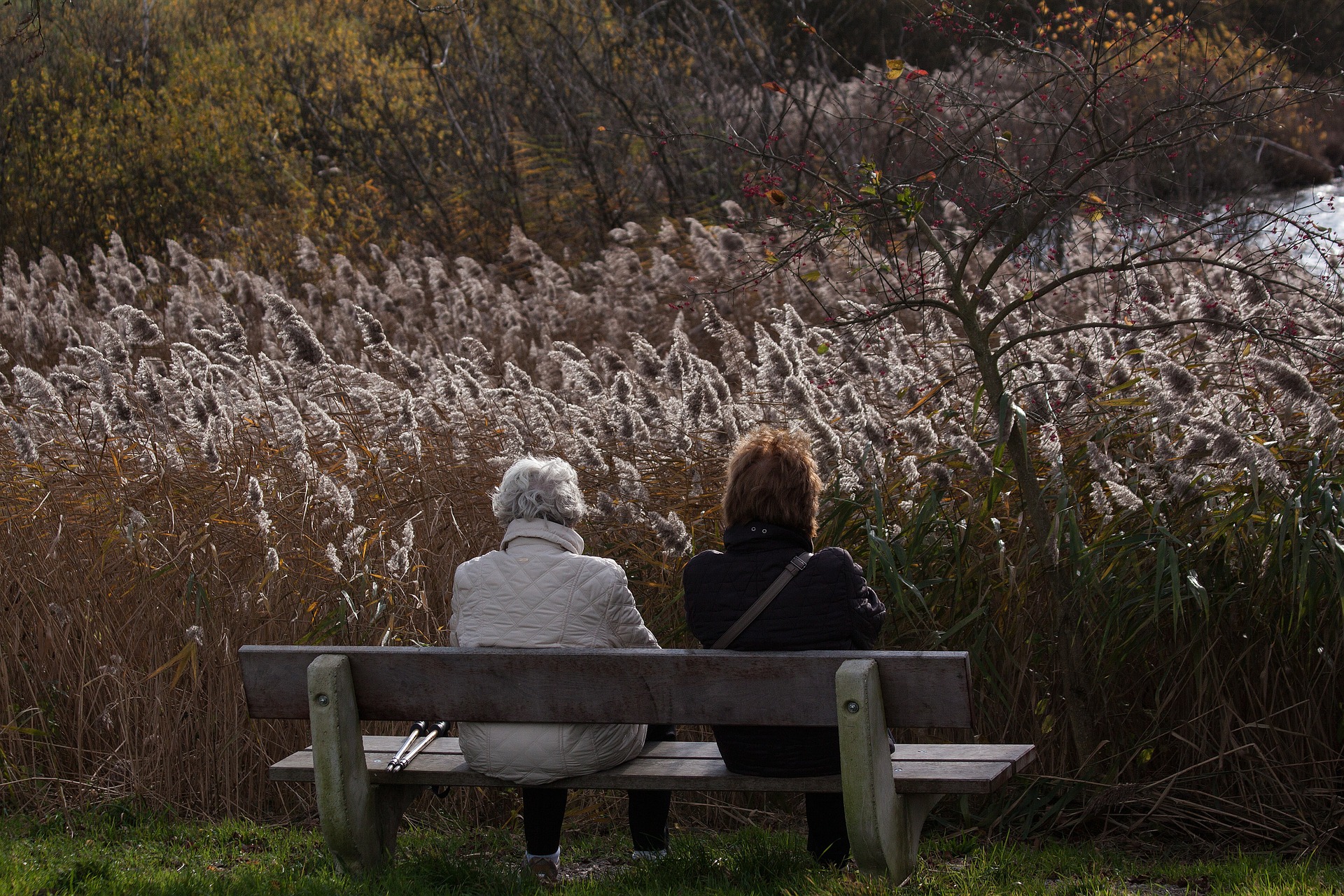
Have you ever come across a daughter giving up a Friday night out with friends to rush home and stay with her elderly grandmother? Have you ever stopped and talked with a stay-at-home wife caring for her husband with Alzheimer’s? Do you have friends supporting their kids while also providing for their elderly parents?
Not all superheroes fly or wear capes. Sometimes, you walk past them in the street on the way to the grocery store. Other times, he or she is that person sleeping on the train, trying to squeeze in a bit rest.
Family caregivers provide care, support, and an immense amount of sacrifice to aid family members and loved ones. As part of our push for long term care awareness, we would like to highlight these everyday superheroes, and all that they do for our country’s elderly.
Who Are They and What Do They Do?
Caregivers are primarily there to help in any way that they can. These are the people who step up and provide the help that their family members need when they cannot take care of themselves. This scenario may be short-term or long-term, depending on the care recipient’s condition. They type of assistance that they provide could vary from physical, emotional, or financial.
Caregivers provide aid to individuals in performing the Activities of Daily Living. These tasks include bathing, grooming, eating, toileting, and moving from one place to another. However, it does not stop there. They also assist through medical reminders, help in completing house chores, run errands, and offer invaluable companionship.
At present, 43.5 million people are providing unpaid care in the United States where the typical caregiver is a woman in her late 40s. They could either be family members, neighbors, friends, or other relatives. While many of them have chosen to focus on aiding their loved ones, many of these caregivers are balancing a full-time or part-time job and providing care.
Who Do They Usually Care For?
Many people often assume that caregivers are just for the elderly. While the majority of caregivers have elderly individuals as their recipients, there are also those who provide unpaid care to children and adults below 50. These people are hindered by disabilities, illnesses, or conditions. They could also be recovering from an accident.
According to the AgingCare.com’s State of Caregiving, the statistics are as follows:
- 50% – adult children caring for an aging mother
- 17% – wives caring for their husbands
- 10% – adult children taking care of an aging father
- 7% – husbands caring for their wives
- 16% – people caring for a neighbor, other relative, or friend
Women Caregivers
Women top the numbers because of two reasons: longevity and lack of long term care preparations. When a family member falls ill, women are usually the first ones to respond to the call. And in some cases, everyone immediately assumes that the responsibility of providing the care must fall on a woman’s shoulders. She could be anyone in your family: your wife, mother, sister, aunt, or daughter.
Because women live longer than men, wives often end up taking care of their spouses in their final years. Once the care ends and she is left on her own, she usually has little to no resources left for her own long term care. The predicament leads her to turn to her children.
The Effects of Caregiving
Caregiving has substantial implications in one’s life. According to the National Alliance for Caregiving and AARP’s Caregiving in the US, the numbers are as follows:
- 1 In 5 caregivers experiences high levels of physical strain
- 2 in 5 caregivers experience emotional stress
- 1 in 5 caregivers experiences financial problems
- 3 in 5 working caregivers have experienced at least one impact in their employment situation
While caregivers can maintain their jobs, they needed to make substantial changes in other aspects of their lives. Some had to shift their working hours or take fewer hours of work, and in turn less pay, just to make room for the new responsibility.
Moreover, caregivers are exposed to physical and mental health risks. Plenty of the country’s care providers show multiple signs of depression.
Caregiver Support
Thankfully, so many employers and companies are now more understanding of the situation of family caregivers. Caregiving in the US brought to light how companies have adjusted their rules and regulations to accommodate their tasks. At present, 53% allow flexible working hours, 52% have paid sick days, and 32% have paid family leave.
The study also highlights how family caregivers look to online forums and communities for support. After all, the ones present in those platforms are those who really understand what they are going through.
At the end of the day, the best kind of support caregivers can have under their belt is proper coverage. With the amount of stress they are exposed to for years, caregivers could soon find themselves needing the same kind of care they provided. This is why preparation is the key. Organizations, such as ALTCP.org, will always be present to assist these everyday heroes.
